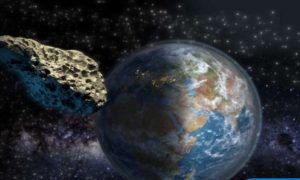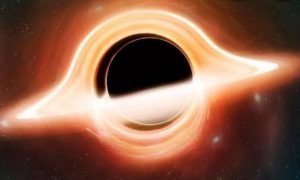Without the large, powerful camera aboard NASA’s Mars Reconnaissance Orbiter, which observes Martian terrain for past evidence of water and how the Red Planet is changing, we might miss it. But the craft captured the space agency’s defunct InSight lander and surrounding landing site, slowly being blanketed in desert dust.
Read More:- How To Charge Your Apple Watch Using Your iPhone
“Can you spot @NASAInSight?” NASA asked on X (formerly Twitter). “The retired lander was recently spotted by the Mars Reconnaissance Orbiter. By studying InSight’s landing site over time, scientists can see how quickly dust accumulates, which helps estimate the age of other surface disturbances.”
The InSight lander’s mission ended in December 2022, after four productive years of investigating geologic activity on Mars. The NASA robot measured over 1,300 marsquakes, including a “monster” temblor, providing further evidence that Mars isn’t nearly geologically dead. It analyzed Mars’ core, and also beamed back daily weather reports.
Read More : Federal Judge Suspends Joe Biden’s Plan to Slash Credit Card Late Fees to $8
Yet unlike NASA’s Perseverance and Curiosity rovers, which are nuclear-powered, the InSight lander ran on solar power. Martian dust had expectedly whittled down the power of the lander by blanketing its solar panels in a thick layer of sediment. Eventually, its batteries died.
At the center of the image below is InSight. Looking closely, you can see its two deployed circular solar panels sandwiching the main body.
Read More : Weekly Horoscope: May 13–19, 2024

Other past Martian explorers also rest quietly in the Red Planet’s global desert, including the Phoenix lander, Opportunity rover, and Ingenuity helicopter. NASA has spotted discarded landing gear and parachutes, too.
Read More : Weekly Horoscope: May 13–19, 2024
One day, perhaps, these relics of early Martian exploration will be protected, similar to national park sites on Earth today.









































